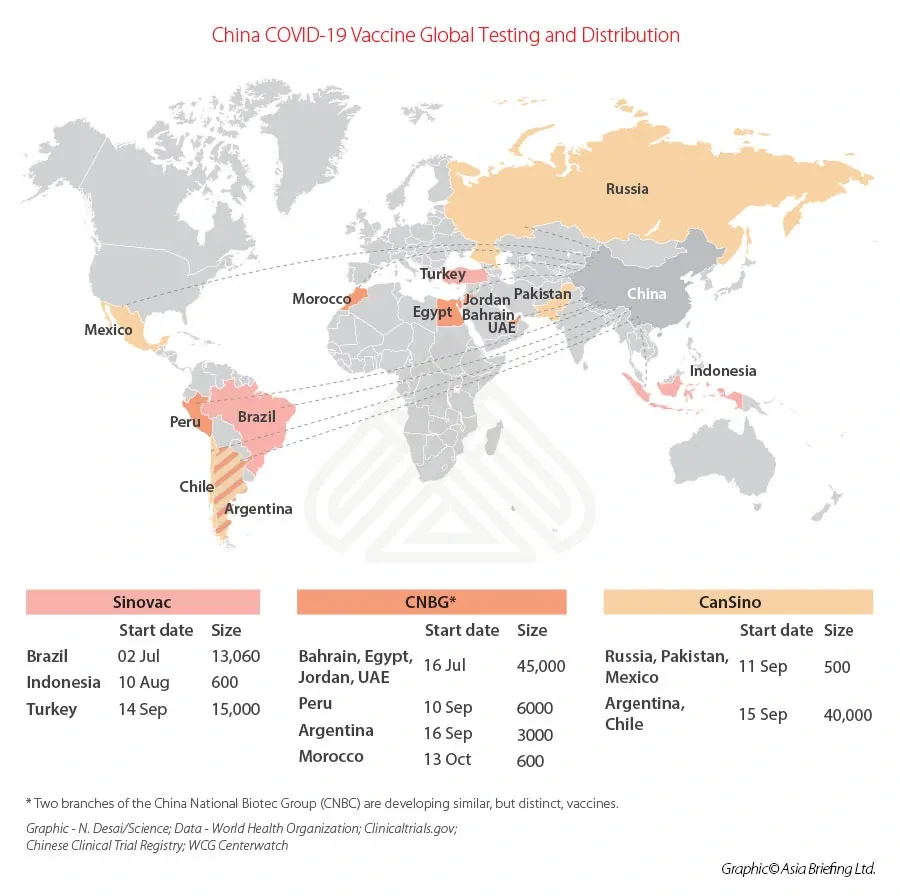The global market paradigm is unraveling as we speak. While the US is slowly acknowledging that, no matter the metrics you’ll want to consider, they will be second to China within the next ten years; the rest of the world is already adjusting. Mapping the different national strategies to acquire Covid-19 vaccines is already a global testimony to this future reality:

It would be a mistake to trust that this is only a technology race driven by the unexpected Covid-19 crisis. The pandemic is not even a catalyst but a mere X-ray of the underlying reality. The unraveling of the global market paradigm is not about the arms race or GDP supremacy. It finds its roots in visions of the world that we end up understanding as irreconcilable.
The EU promotes a citizen-centric model, China a state-centered one. The US lacks an up-to-date cri de l’esprit: the American dream has got mired into the tar of social immobility and profit-at-all-costs companies (…)Azeem AZHAR
This will reshape supply chains, technology, and demography and all multinationals the mere notion of sustaining a global brand identity.
The brand identity crisis to come
How do you stay at McDonald’s when the American dream doesn’t exist anymore, even though you did adjust to plant-based burgers? How do you stay Apple if you have to fragment your digital ecosystem in different data silos and governmental privacy regulations? How do you stay Tesla if you’re a fully integrated level 5 autonomy platform, but you’re just selling “nice” vehicles with range anxiety in Europe? How do you stay Louis Vuitton when national cultures reject the mere notion of one-size-fits-all luxury icons?
I doubt that most multinationals will be proactive and invest a vast amount of money in preparing and adapting. Too many incentives are built-in for level C executives to push the wagons to the edge of the abyss and cash into the last minute.
The reason why you feel innovation is suddenly happening so fast is that you were not paying attention to the underlying systemic bottlenecks that were building up the last ten years. Covid-19, Who’s going to recover, profit or disappear?
But also, and let’s be honest about it, no one wants to listen to the heralds of an apocalypse yet to come. I could cue in the 2014 Bill Gates TED talk explaining that viruses were the most prominent danger for the global economy… But to what end? In my experience, it’s just simpler and more practical to realize together that there are no downsides to diverting some of your innovation budgets to explore the possibility of the fragmentation of the global market. Even if you’re not yet convinced, optionality will be on your side.
Building a way out with optionality
How do that without investing in a big-bang turnaround that will make you look like a lunatic prophet? Glad you asked. Here are a few options to take a few steps to hedge your risk against a “possible” end of the global market paradigm while building adjacent ROIs:
- Explore redundant regional supply-chain and distribution pathways to get more resilient and adapt to an ongoing Covid-19 pandemic.
- Anticipate how to market your brand in new “safe” travel bubbles that create closed-loop business and consumer ecosystems around vaccination passports.
- Create daughter brands to explore how new national realities and local technological acceleration could help you anticipate weak market signals and innovate faster.
- Consider some level of divesting from deep tech in the US to technological sleeping giants like India (or… Europe).
These are all vanilla innovation strategies on the surface, making perfect sense in the Covid-19 context. You might even have started to act on them as we speak. What I’m pointing at is that they might end up delivering way more than expected, way sooner than expected. And each of the previous points could respectively unlock a higher payoff:
- Be prepared in a global economic Cold War between the US, China, and Europe by rapidly transitioning from a central network of operations to a decentralized adaptive one, with empowered regional teams.
- Be able to seamlessly shift away from the “one brand – multichannel marketing” strategy if consumers don’t want to talk to the one brand anymore.
- Have the option to leapfrog ahead of your main brand’s competitors and rely on multiple profit centers if markets close down on themselves more and more.
- Catch the next technology waves if they start to bubble up away from the mainstream tech ecosystems born in the early 2000s.
A philosophy of change
The only difference in these strategies is that you will advocate for reasonable short-term innovation ROIs, as you should. In contrast, I already believe they could be make-or-break transformations. You will say “if” when I already say “when.”
This is what optionality is all about. You and I don’t have to be spectacularly smarter than the rest of the world. For now, you have to be slightly better prepared.






